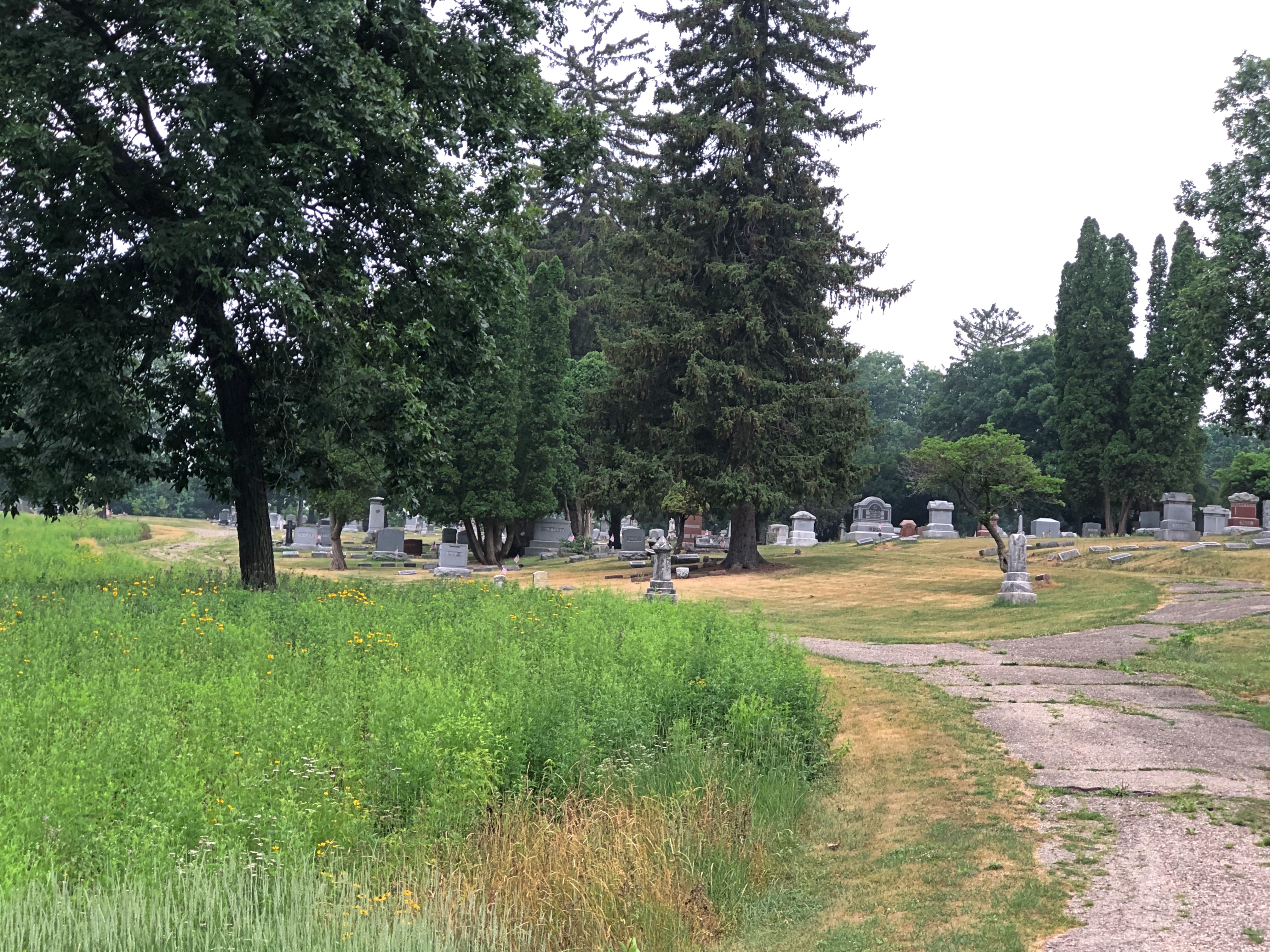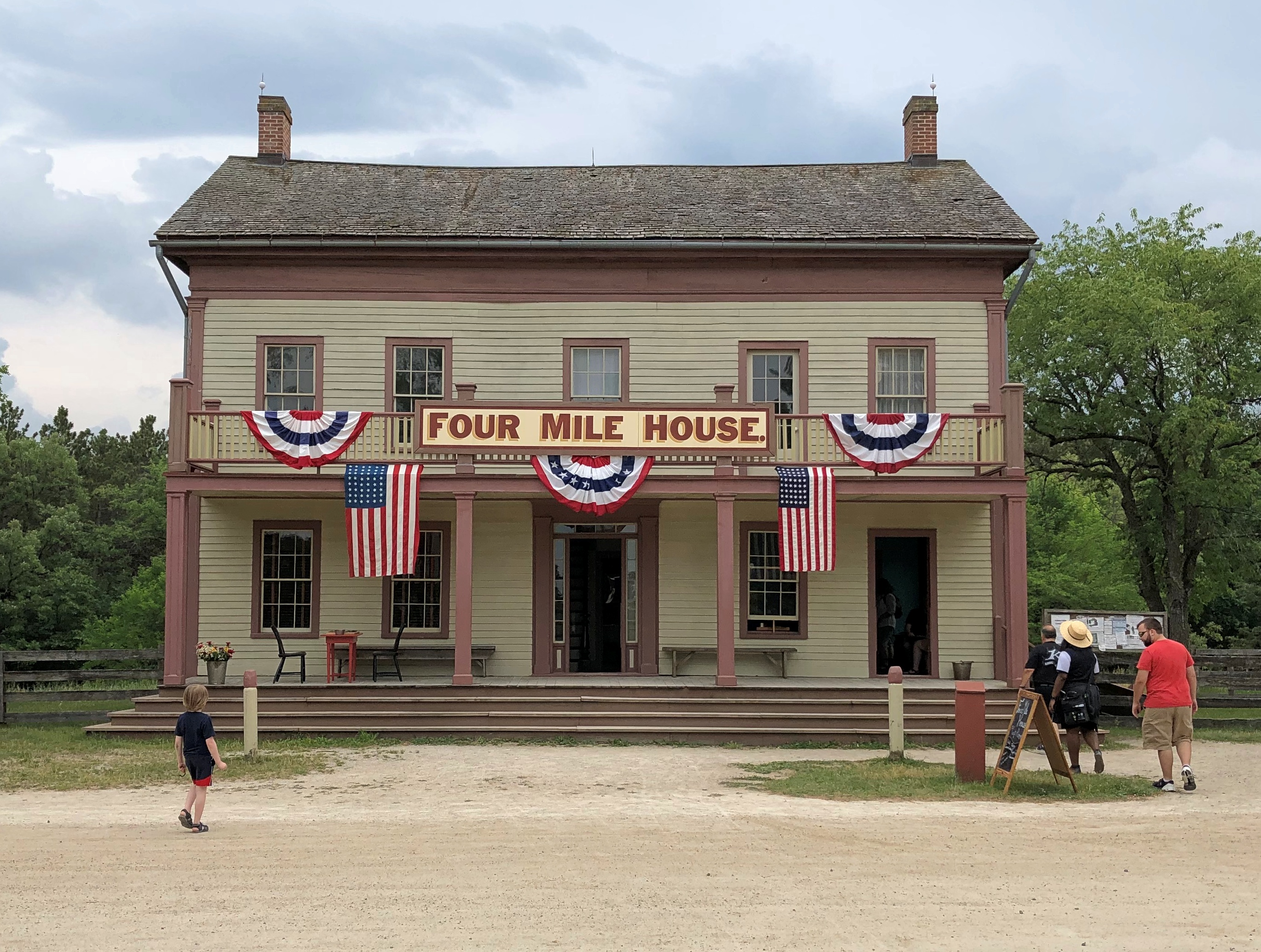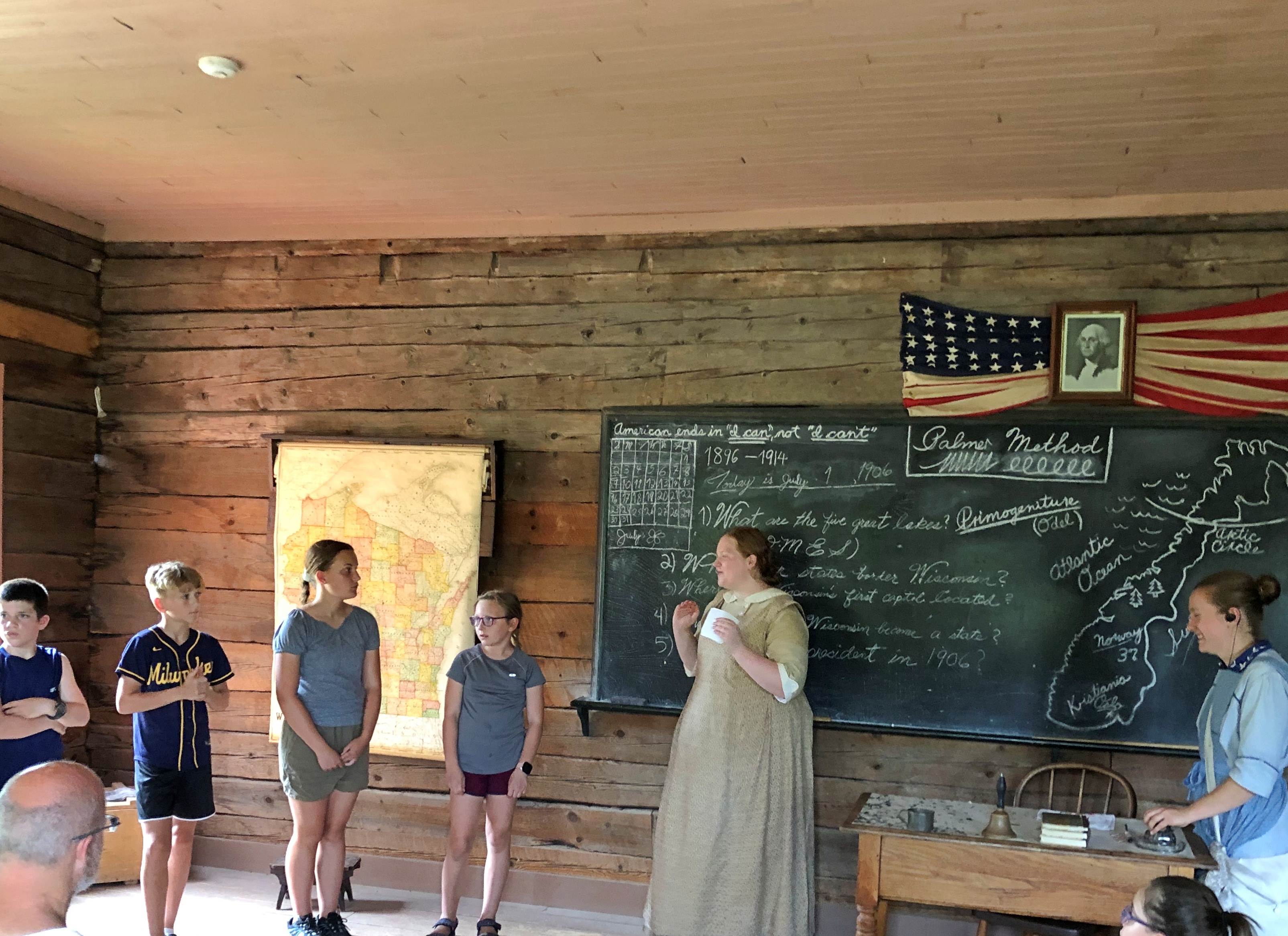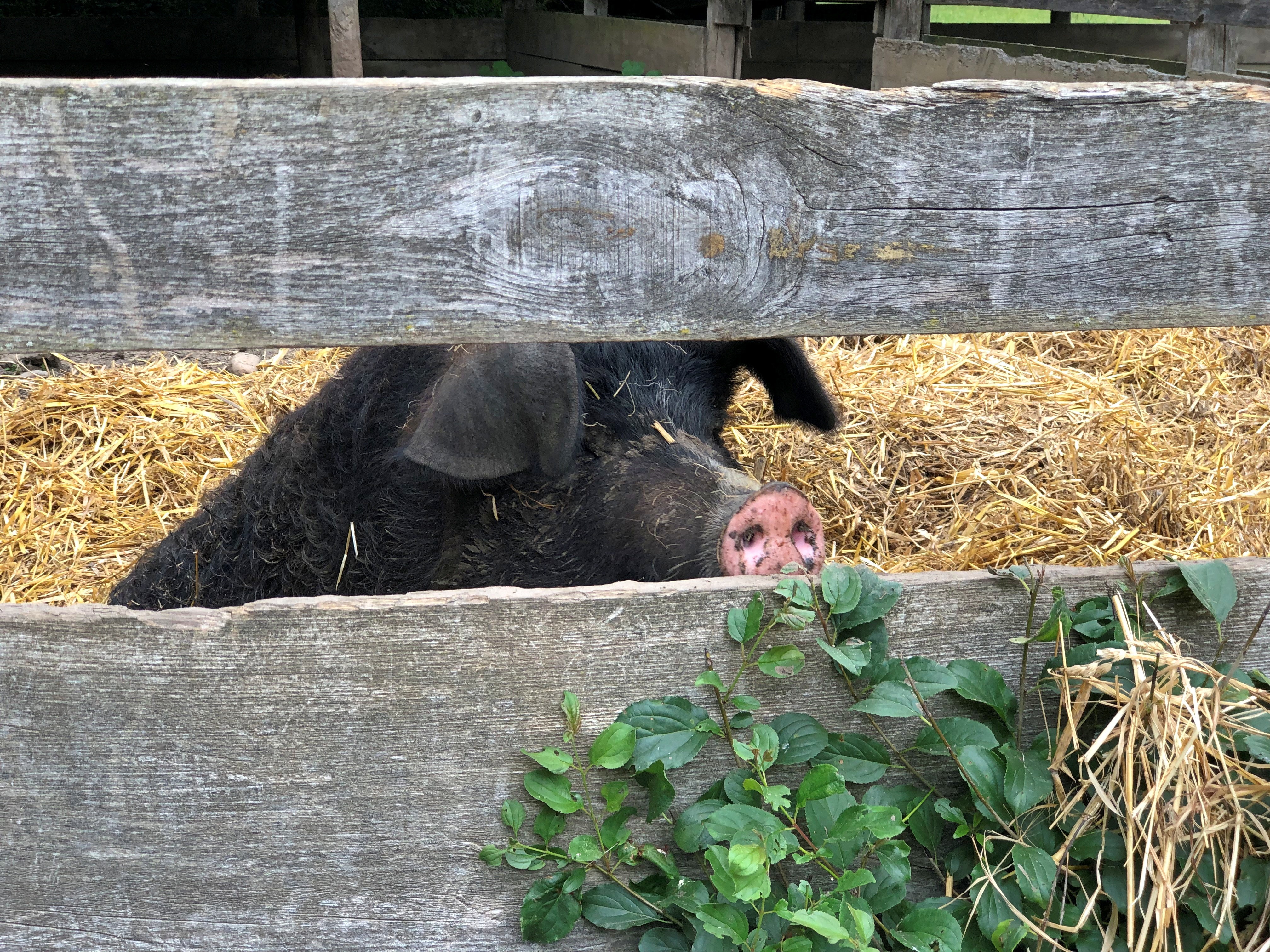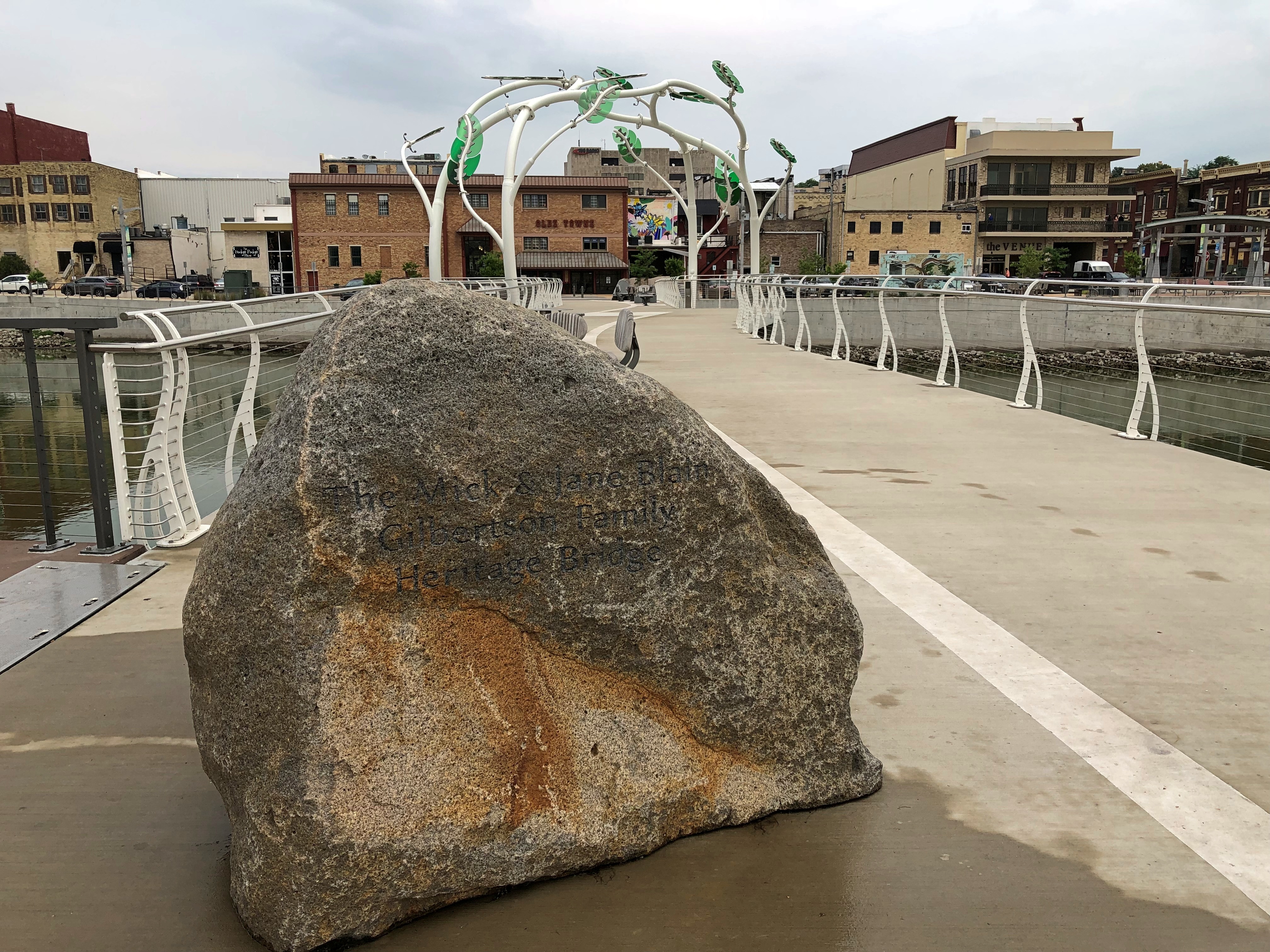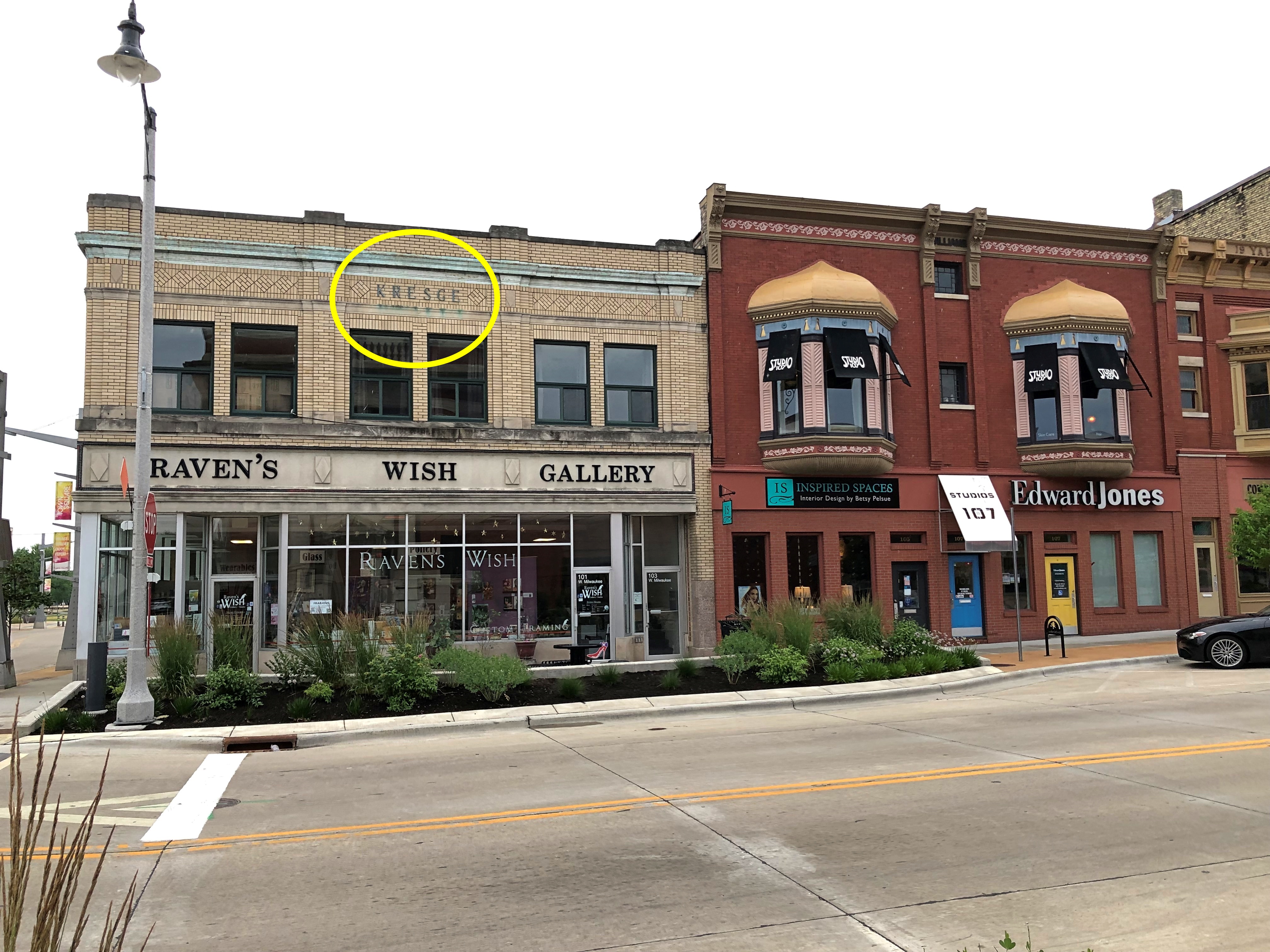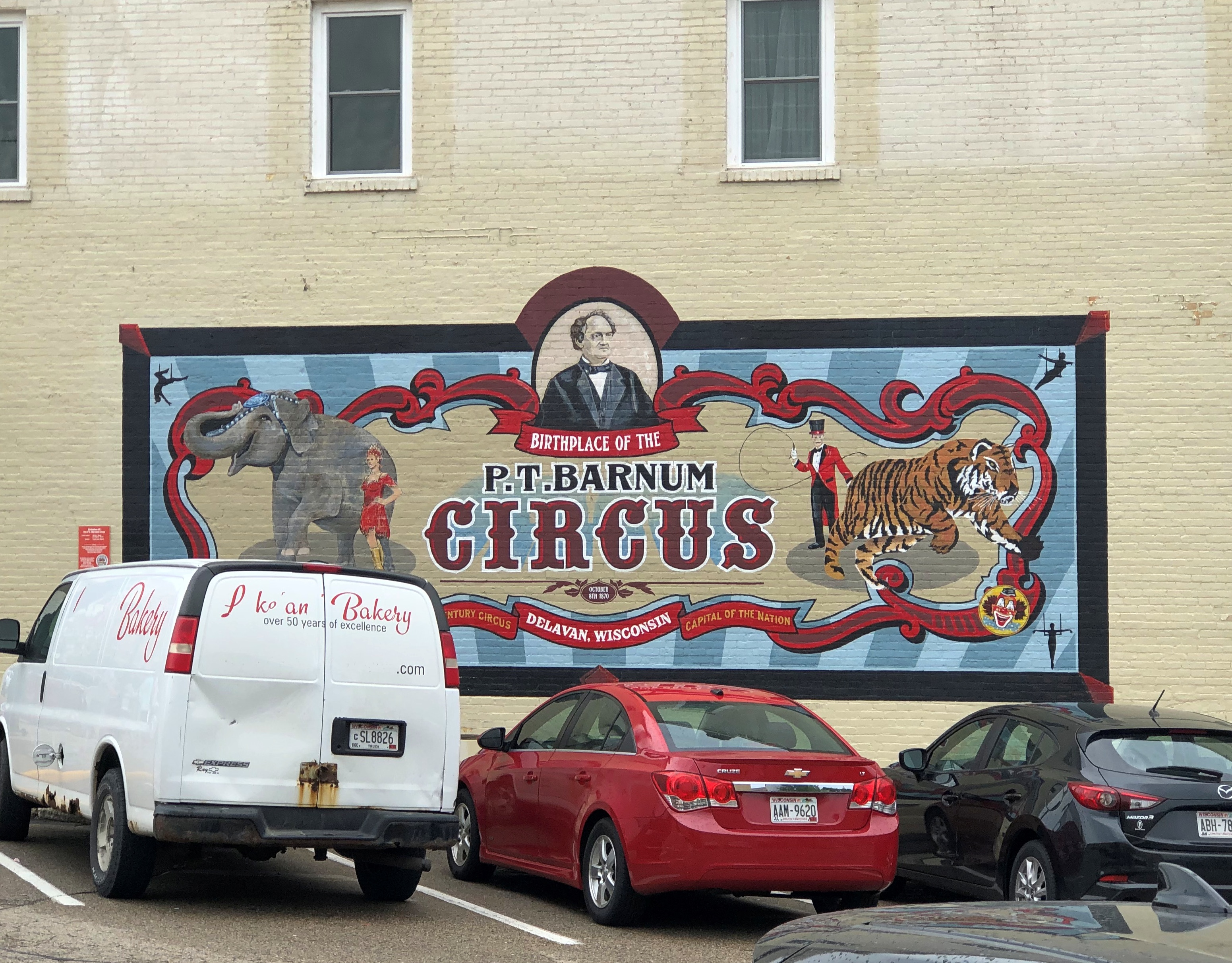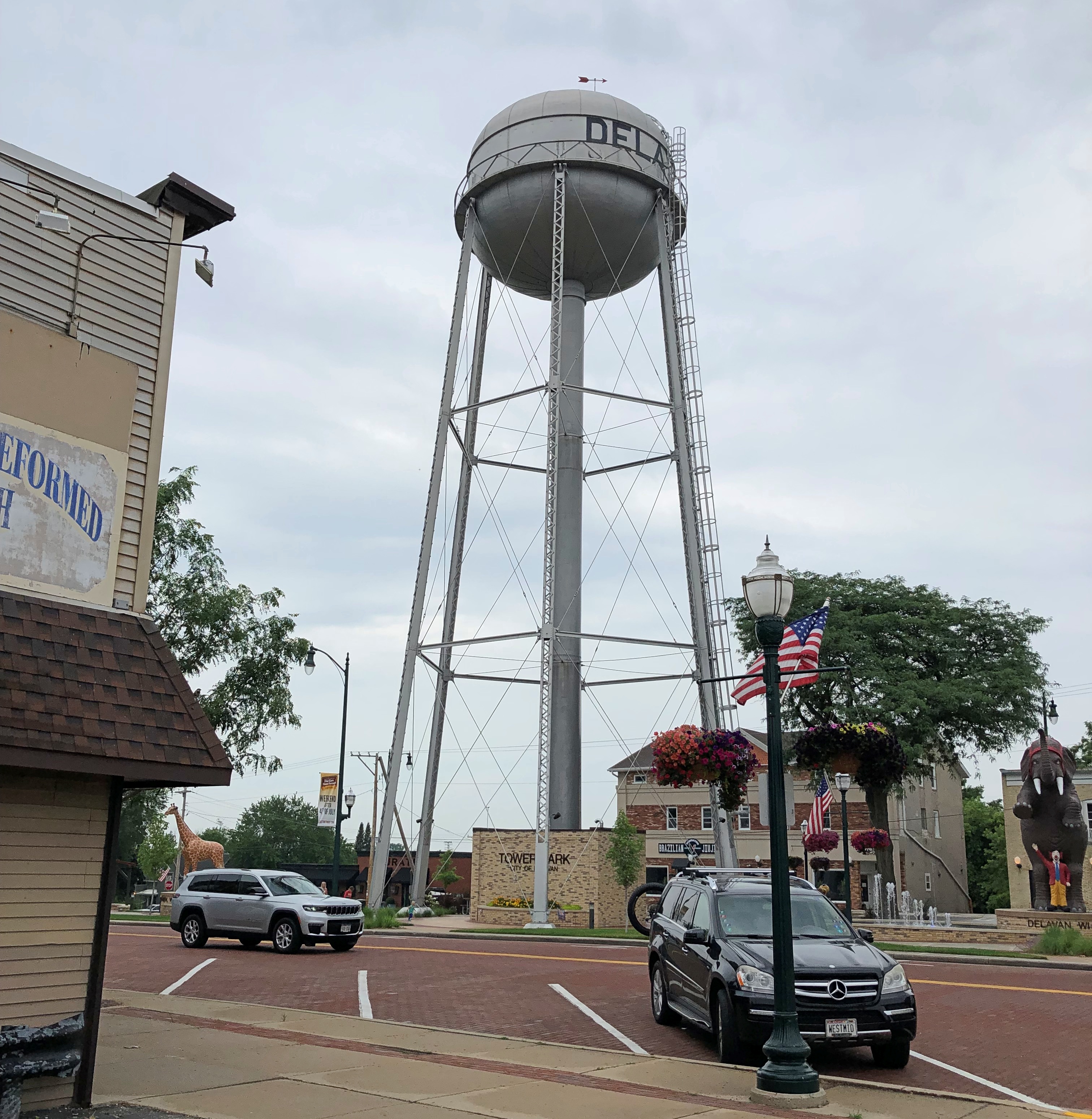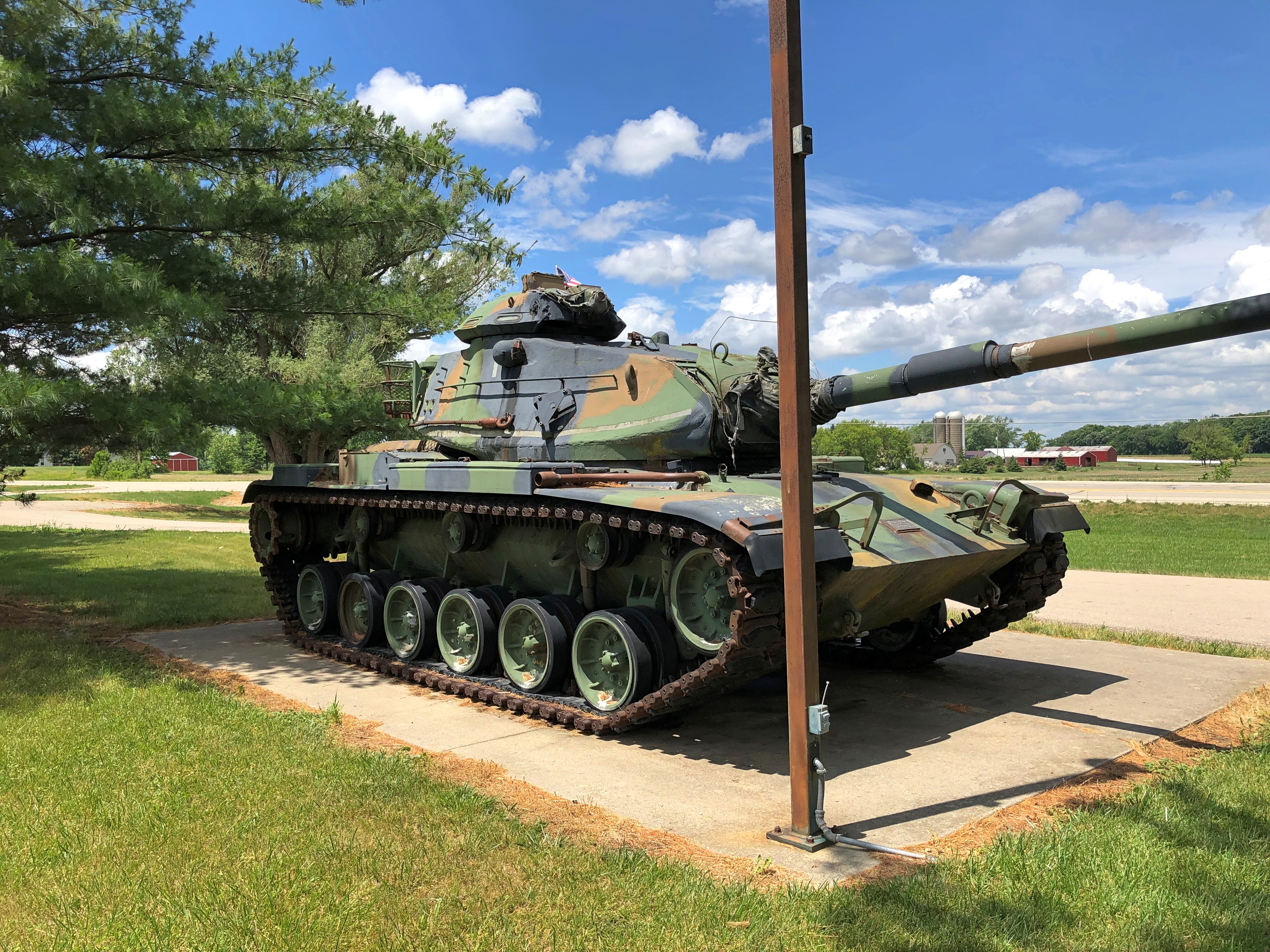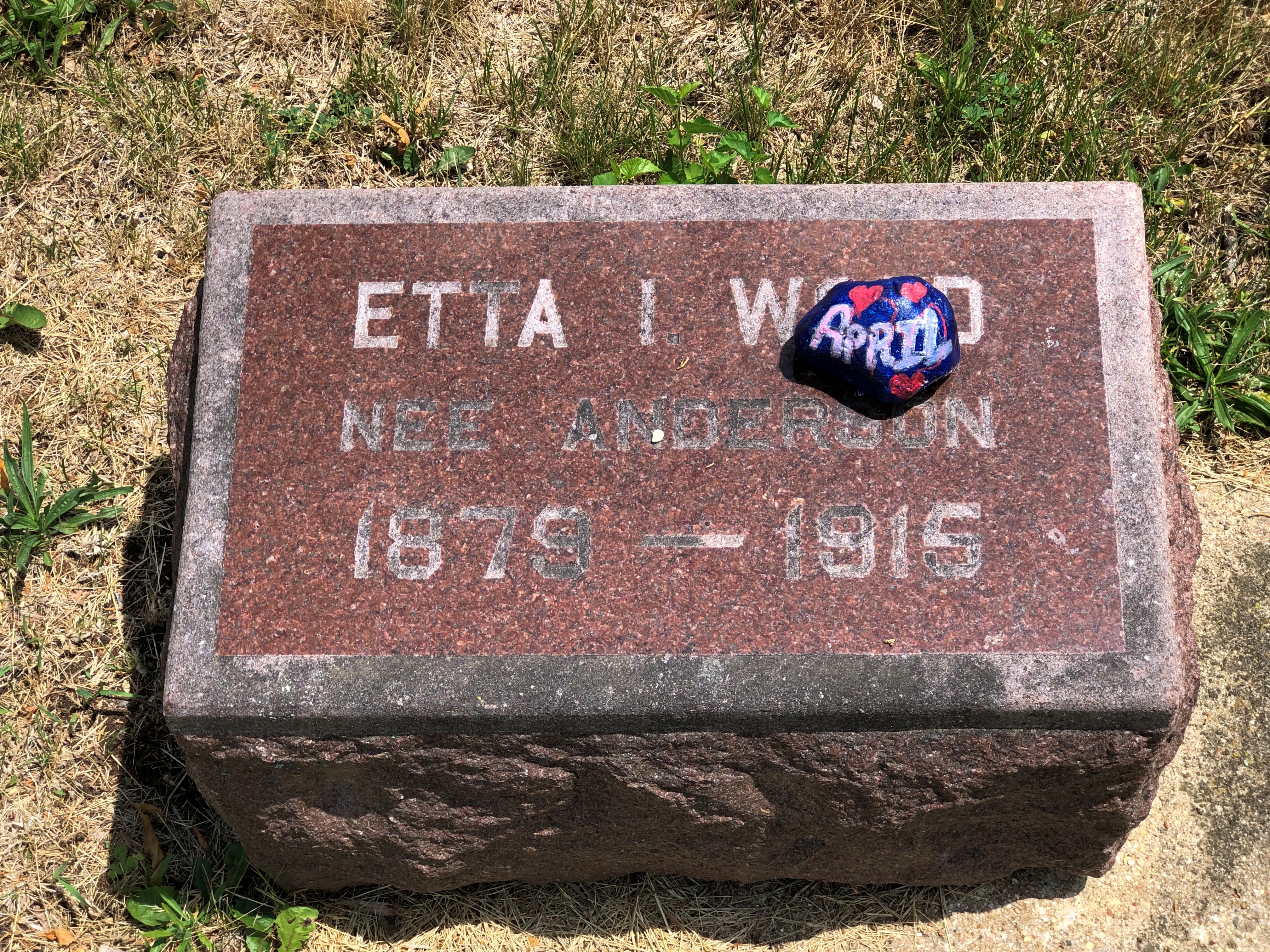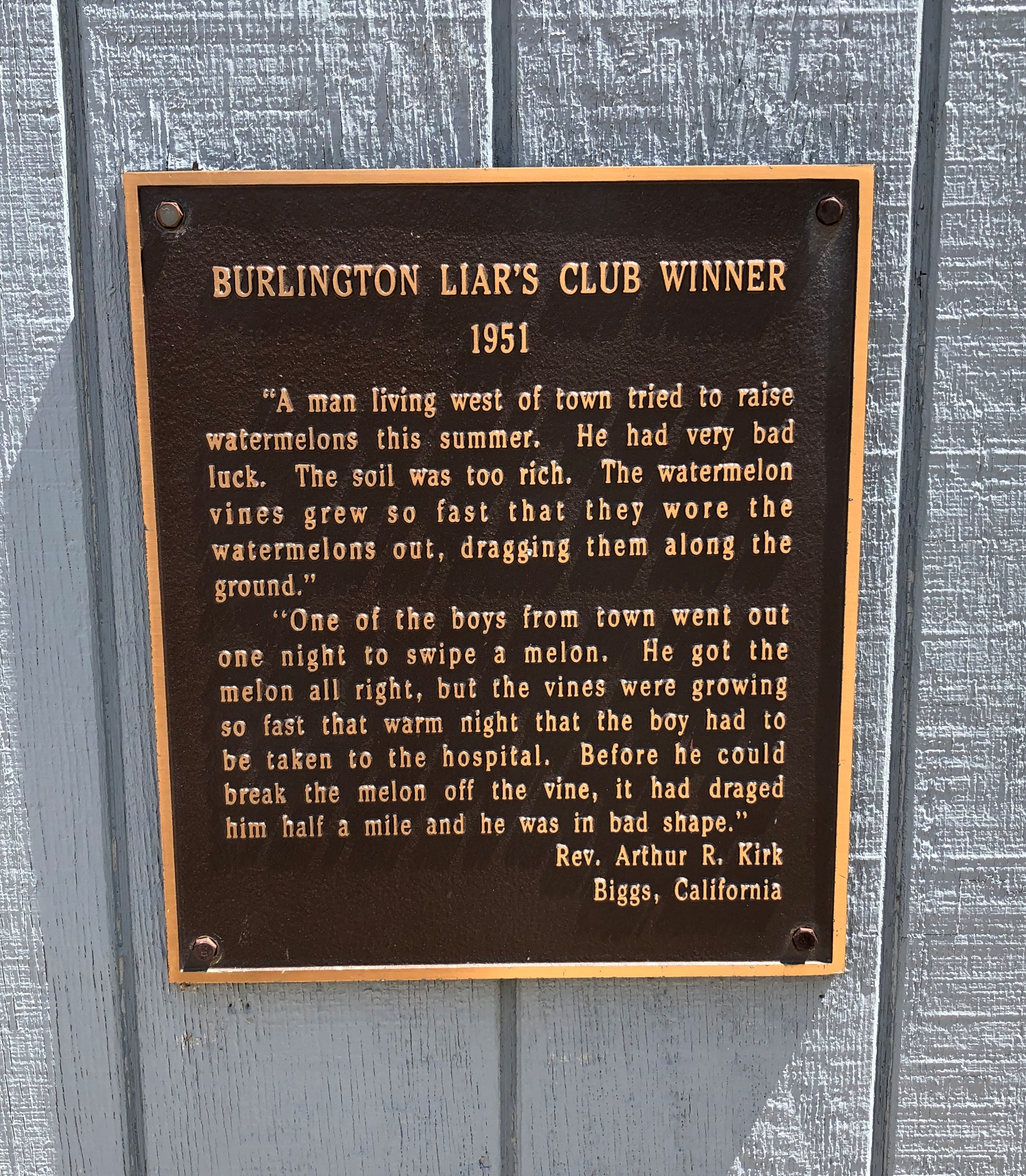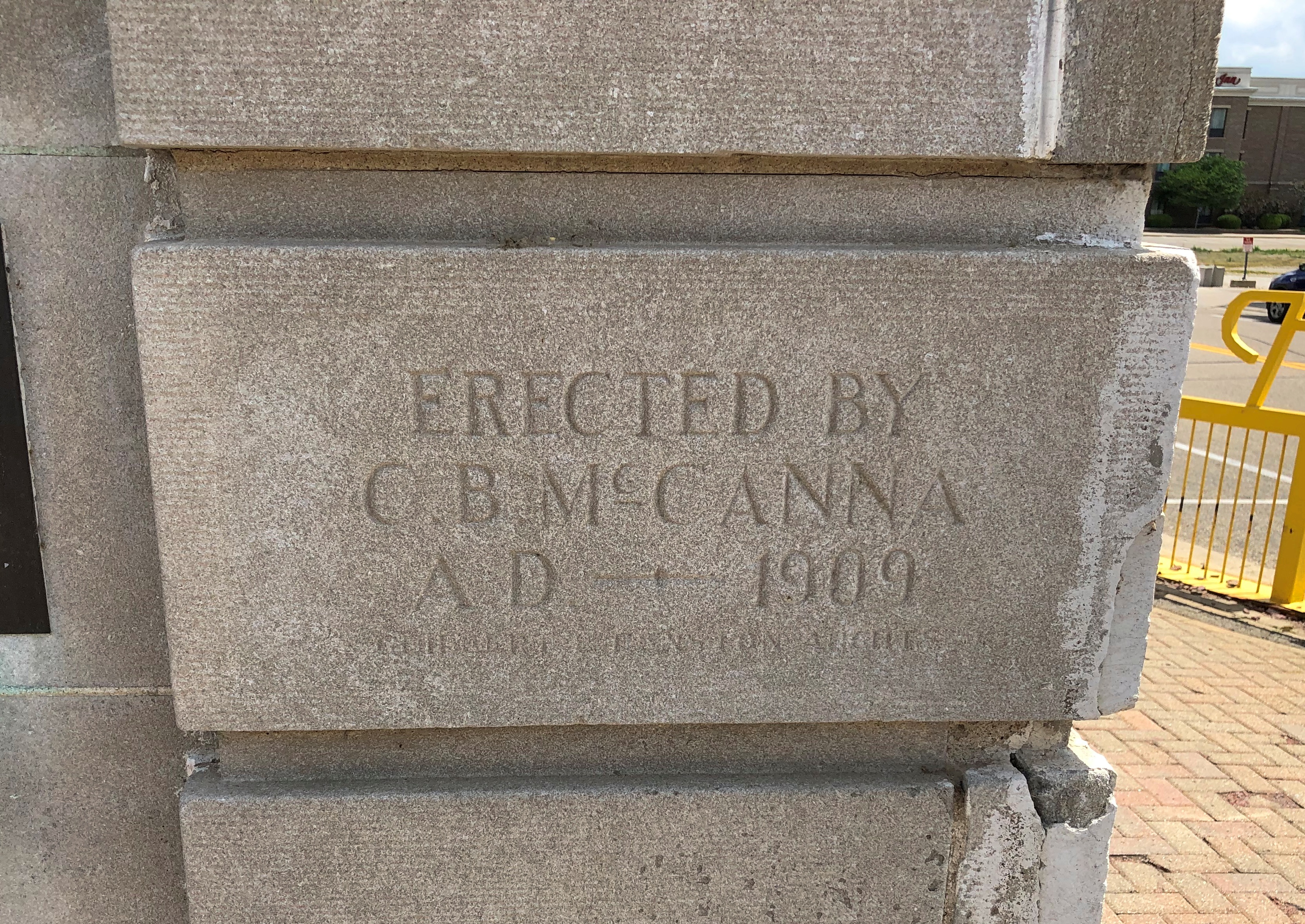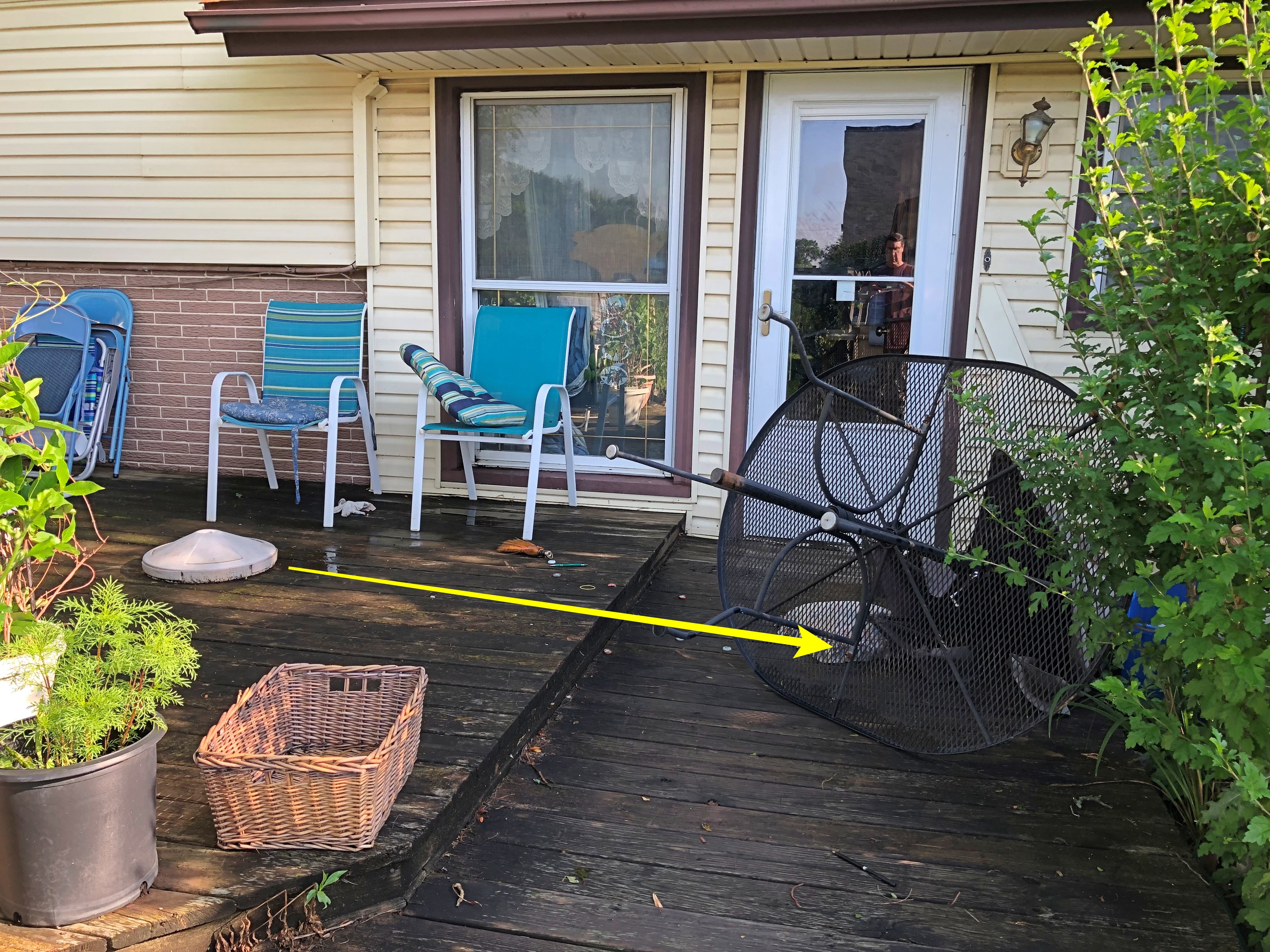Time for another summer break. Good to take those when you can. Back to posting around August 6. Or maybe the 7th. Not good to structure summer too much.
Didn’t get around to seeing either Oppenheimer or Barbie lately, though I’m much more likely to watch the former in a theater. I actually read The Making of the Atomic Bomb (1987) back when it was fairly new, and before that (’83) took an undergraduate seminar on the Manhattan Project, which involved much interesting reading, of course, and watching an excellent documentary, The Day After Trinity (1981), all of which inspired awe and dread.
As for Barbie dolls, I share the indifference that most men feel – though I suppose if there are men who like My Little Pony, there must be secret Barbie admirers as well, and not just out of solidarity with Ken. Ann, on the other hand, has a sentimental attachment to the dolls, even nostalgic feelings, whatever that can mean at 20. So she went on the movie’s opening night, helping it set its high box office. She reported enjoying it.
I did get around, yesterday, to finishing The Marvelous Mrs. Maisel. Well worth watching, though uneven to the end. The arc of Midge and Susie and Joel formed the core sympathetic heart of the show, to good effect. The older characters – Abe and Rose and Moishe and Shirley – pretty much went off the rails in the later seasons, which was too bad. Old people are just a hoot, eh?
Still, Abe did have a few touching moments toward the end of the last season, especially at dinner in the company of other old men, with mortality as the unnamed character at the table. My favorite minor character was Lenny Bruce, and his appearance in the last episode was a heart breaker, with addiction the unnamed character joining him. The drug that killed the real Mr. Bruce in 1966 was reportedly morphine, which strikes me as a little old-fashioned for the 1960s, but the comedian always did things differently.
Last Sunday I stopped at the Kansasville Wisconsin Veterans Memorial Wayside Park again for a quick look at the adjacent cornfield.

Much higher than a month ago. It’s a little hard to tell from the Drought Monitor, but I think that part of Wisconsin is on the border of moderate and severe drought. The corn looks healthy enough to this non-farmer, however. Northern Illinois/southern Wisconsin’s gotten some rain lately, including a storm that blew through yesterday around noon.
The last place we went in Janesville early this month was the Rotary Botanical Gardens. Saw it on an electronic map, looked it up, decided to go. That’s the way to find places in our time.
We were well rewarded for the effort. How often do you see golden Hakone grass (Hakonechloa macra) pushing through a pile of small boulders?
That flow of grass was part of one of the Rotary Botanical Gardens’ centerpieces, its Japanese garden. Good to find those in the heart of North America.



Complete with the styles of bridges that tend to be in Japanese gardens, across a large pond.

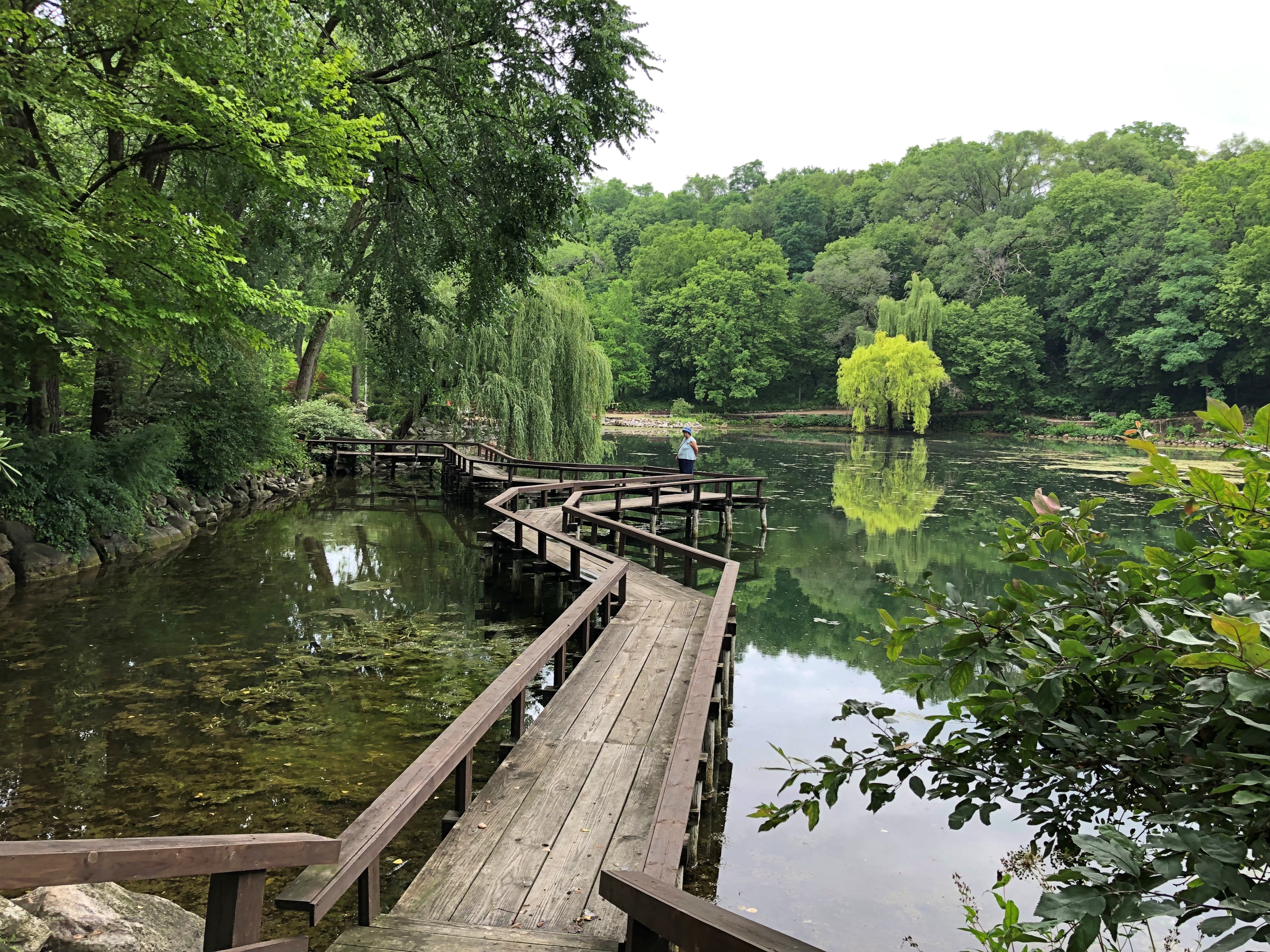
I don’t believe for a minute that evil spirits are too cowardly or disoriented to cross a crooked bridge; or rather, I don’t believe that belief is the origin of the design. I believe it is aesthetics for the sake of aesthetics.
The Rotary is a large place. Besides the Japanese Garden, it includes (among other sections) an English Cottage Garden; an Italian Garden; French Formal Rose Garden; Scottish Garden; Alpine Garden; a Shade Garden; a Sunken Garden; Fern & Moss Garden; and seasonal displays.


Bursting blossoms rise from the grounds. Or so it seems.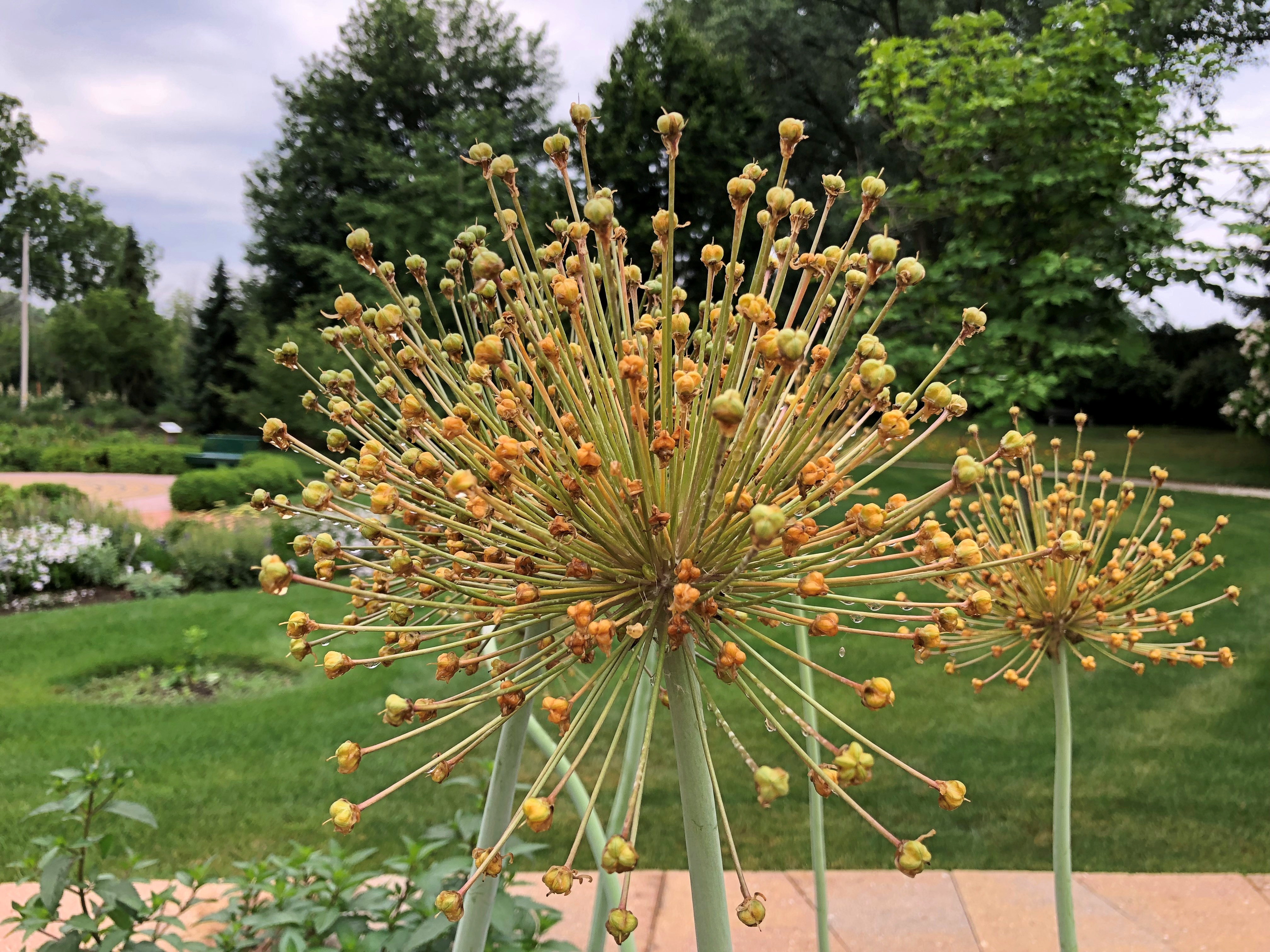

Along with arrays of other glorious summer blooms.



Curious name, Rotary. Do Rotarians have anything to do with the Rotary Botanic Gardens? Yes, they do.
The garden opened in 1991, occupying “the site of an abandoned sand and gravel quarry on Palmer Drive,” the garden’s web site says. “In 1988, the original site between Lions Beach and Kiwanis Pond was covered with debris and used as storage for the Parks Department and a BMX bicycle racetrack.
“The Gardens’ founder and original visionary, retired orthodontist Dr. Robert Yahr [d. 2021], approached the two Rotary Clubs in Janesville and inquired about their interest in developing a botanical garden for the community to enjoy.”
That they did. Nice work, Dr. Yahr.




